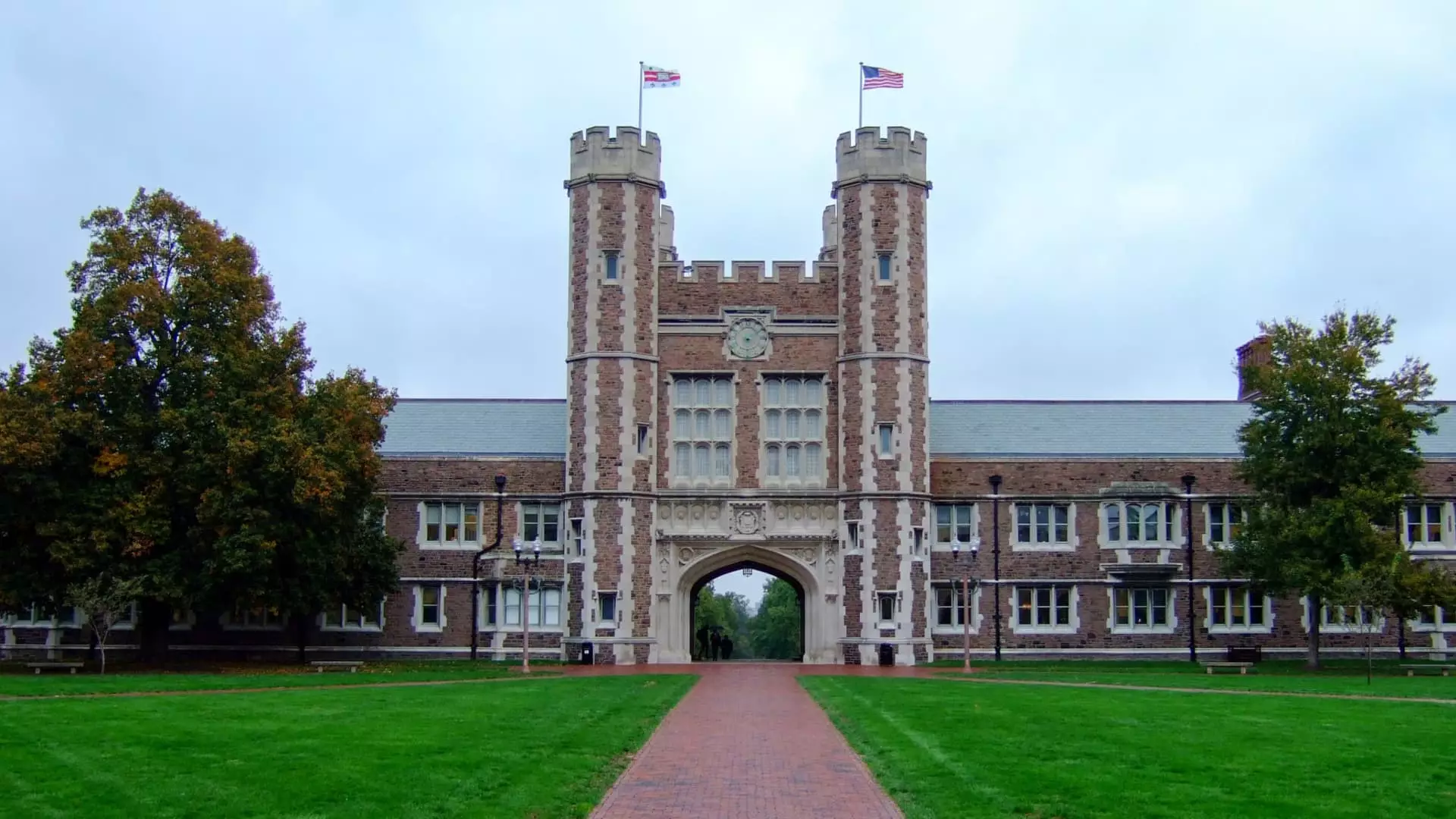The cost of attending college continues to rise, with some institutions charging nearly six figures a year when factoring in tuition, fees, room and board, books, and transportation. According to The Princeton Review’s “The Best 389 Colleges” list, eight schools have sticker prices of over $90,000 for the 2024-25 academic year, a figure that is expected to cross the $100,000 mark by 2026. This steep increase in tuition costs can be discouraging for students, particularly those from low and moderate-income families, making college simply unaffordable for many.
Deep cuts in state funding for higher education have been cited as one of the reasons for significant tuition increases at colleges and universities across the country. This shift has led to a situation where students are now shouldering more of the burden of college costs. While elite institutions with exorbitant prices make headlines, it is important to note that the vast majority of colleges are open-access community colleges or state universities where prices are more affordable.
Despite the rising costs of college, students and their families rarely pay the full sticker price out of pocket. According to Sallie Mae’s annual “How America Pays for College” report, families spent an average of $28,409 on education costs in the 2023-24 academic year. Parental income and savings cover a significant portion of college expenses, with scholarships, grants, and student loans making up the rest. The U.S. Department of Education awards approximately $120 billion annually to help students pay for higher education, with additional financial aid available from states, colleges, and private scholarships.
While financial aid is available to help offset the cost of college, challenges with the Free Application for Federal Student Aid (FAFSA) have deterred many students and families from completing the application process. As of August 9, FAFSA submissions were down almost 10% nationally in 2024 compared to the previous year. This decline in financial aid applications could result in fewer students attending college due to concerns about affordability.
Despite the high sticker prices at many colleges and universities, private schools typically have more financial resources available to offer aid to students. Many institutions are dedicated to meeting students’ demonstrated financial need, providing a glimmer of hope for families grappling with the rising cost of higher education. While the financial burden of attending college continues to grow, there are schools that are actively working to alleviate this strain for students and families.
The escalating cost of college tuition is a pressing issue that has far-reaching implications for students and families across the country. While some institutions are charging exorbitant prices, the majority of colleges and universities are working to provide financial aid to make higher education more accessible. Addressing the root causes of rising tuition costs and ensuring that financial aid processes are streamlined and accessible are crucial steps to making college more affordable for all students.


Leave a Reply